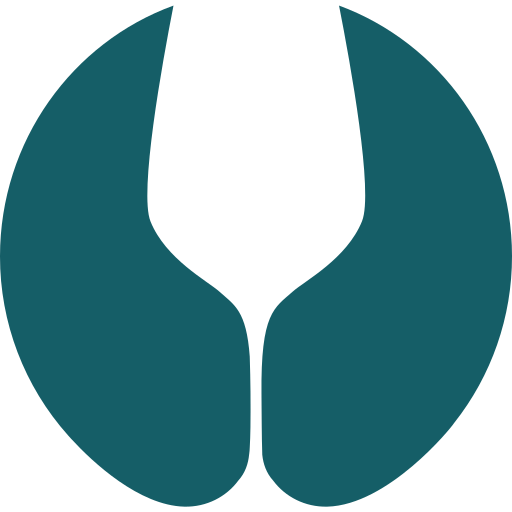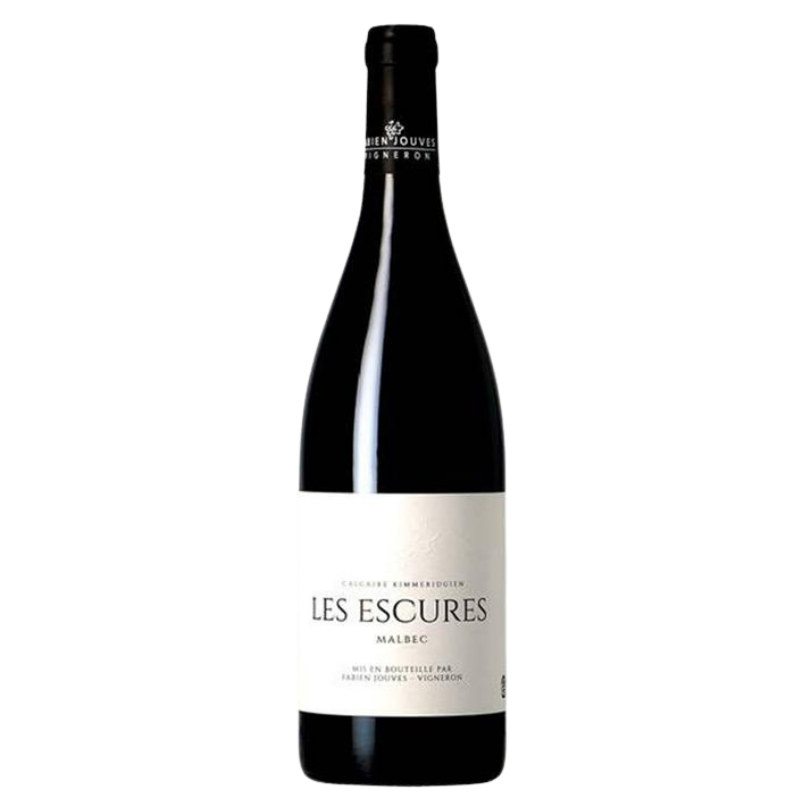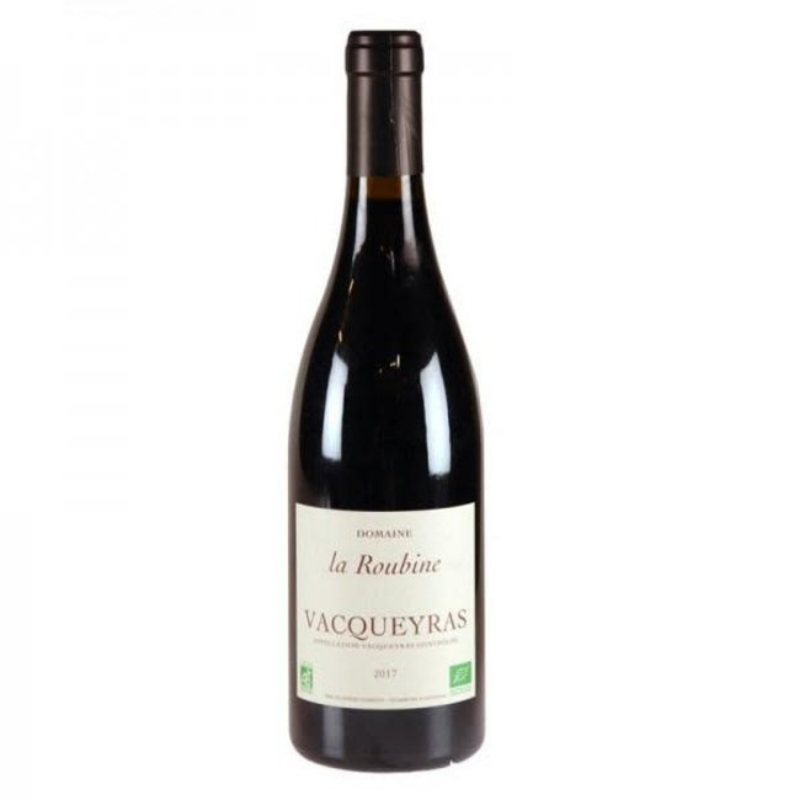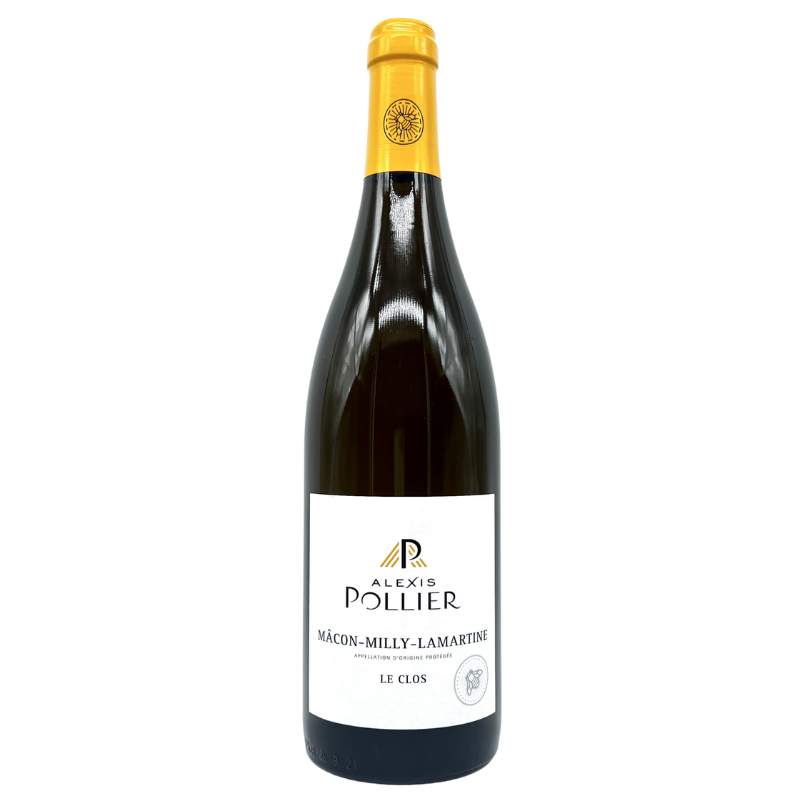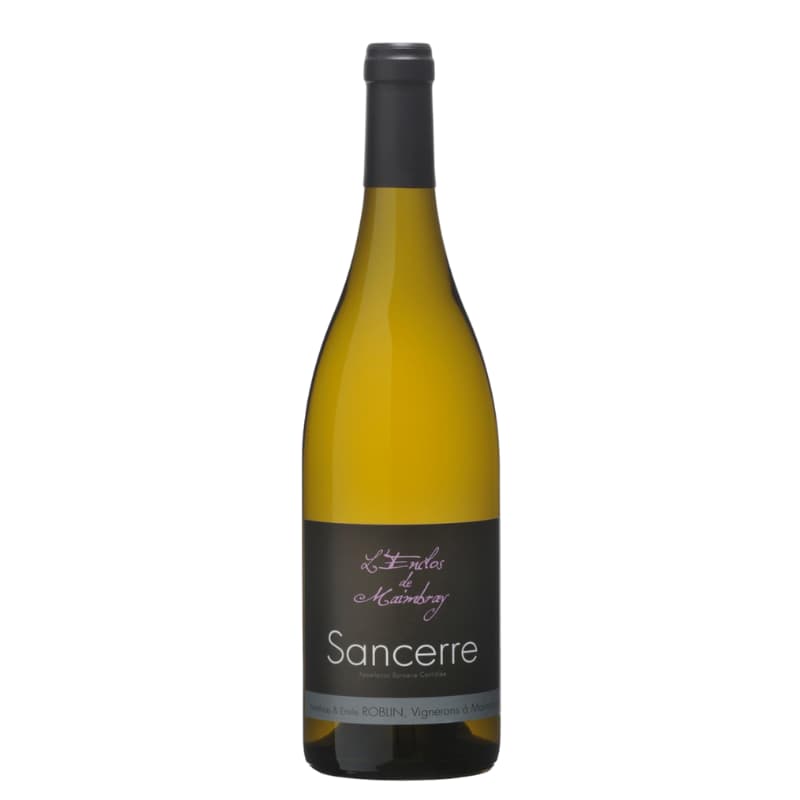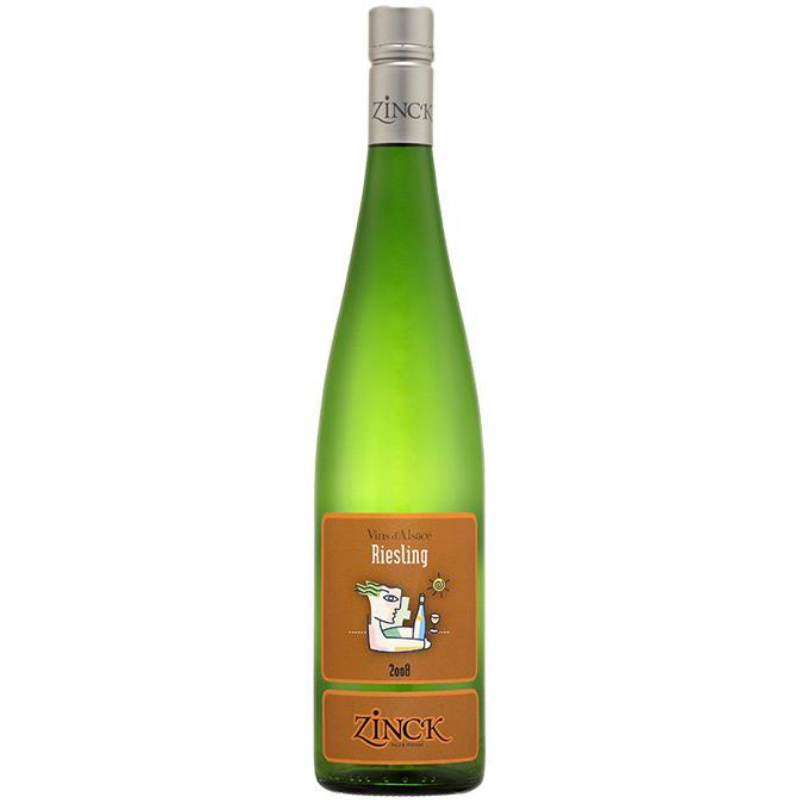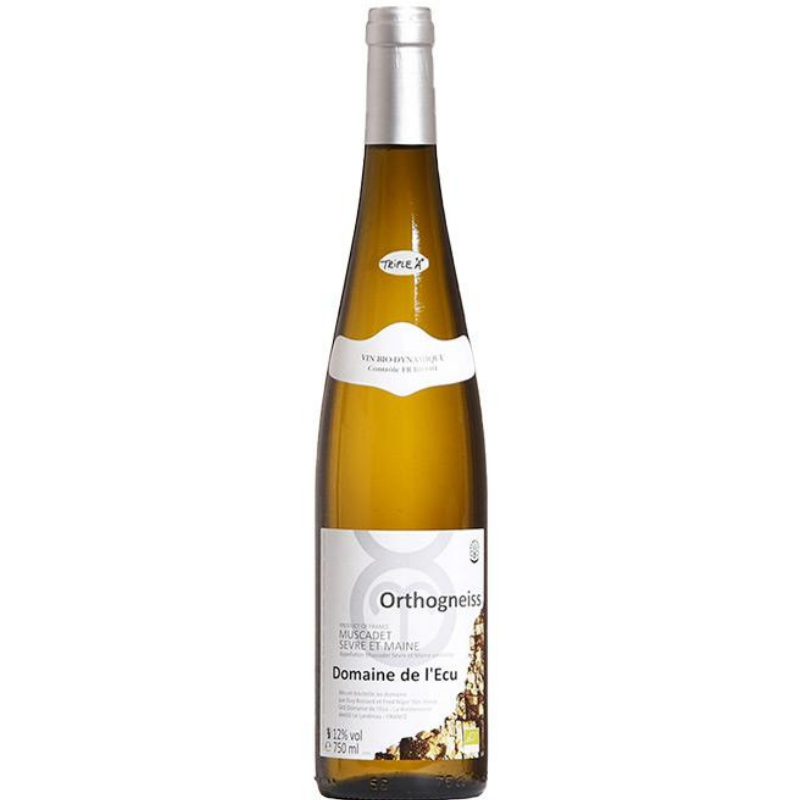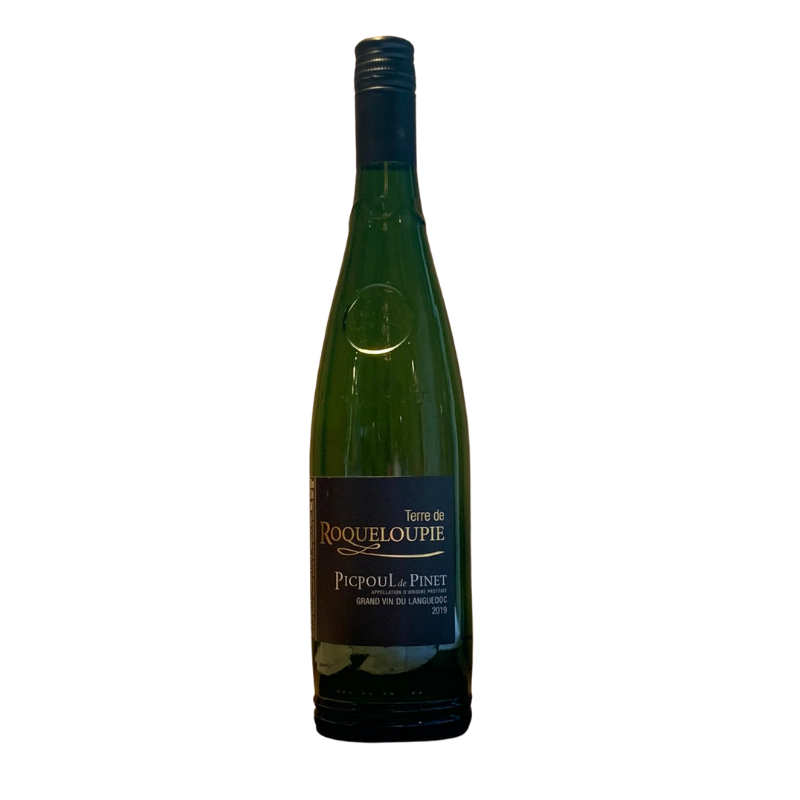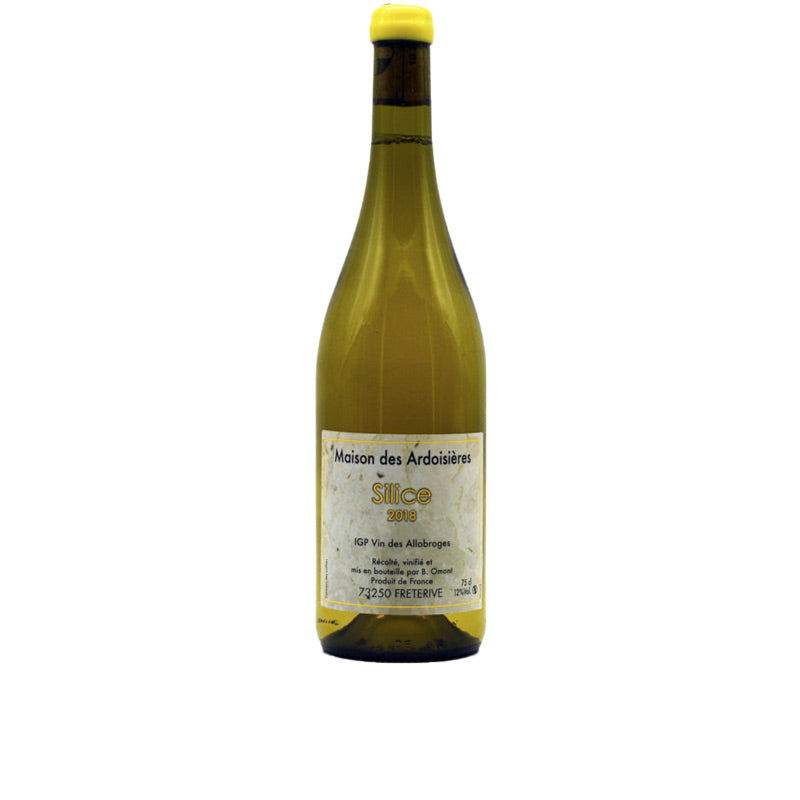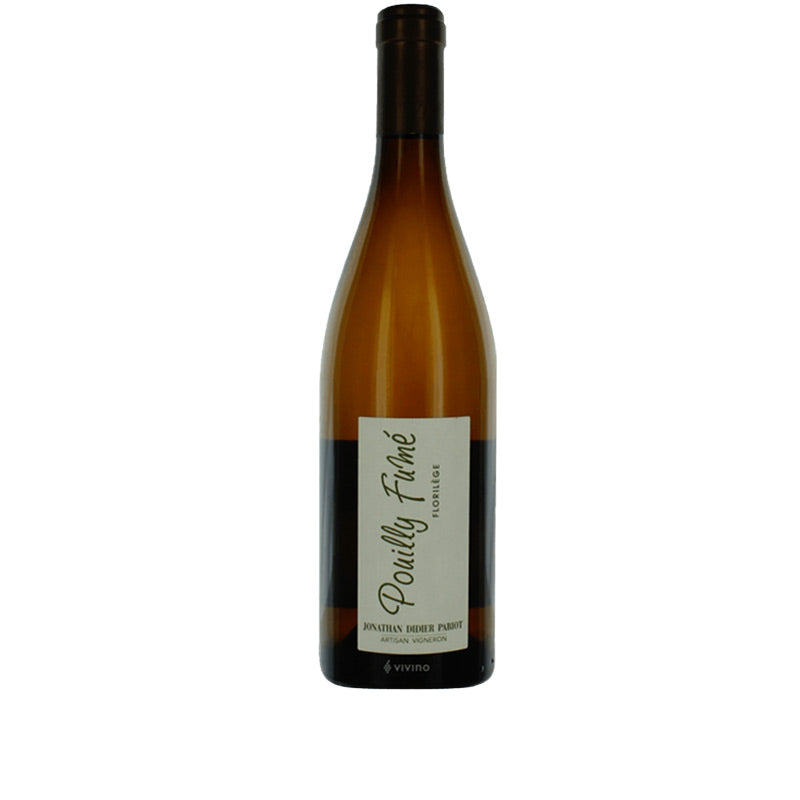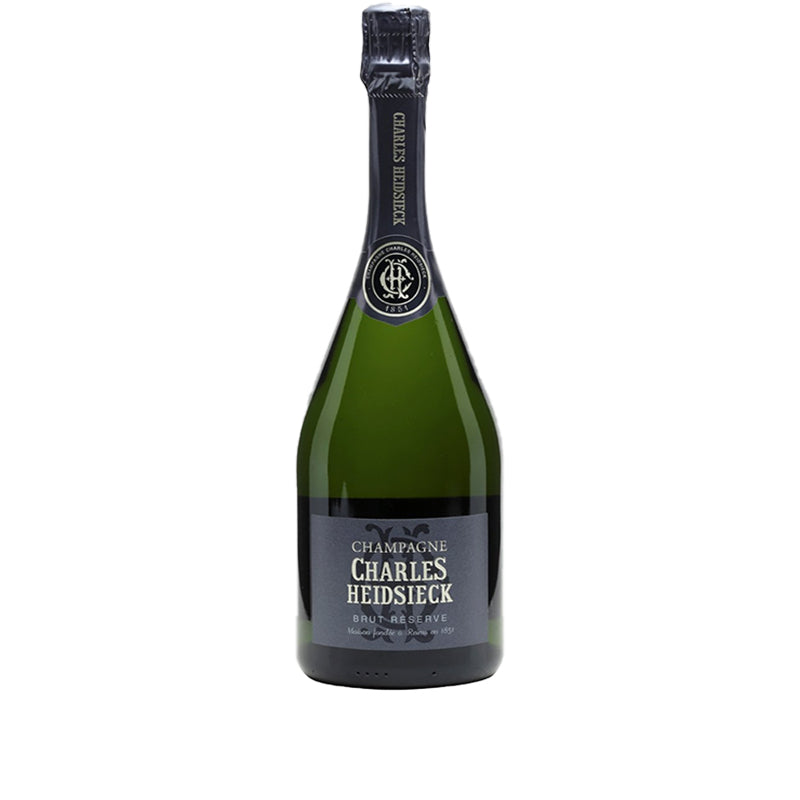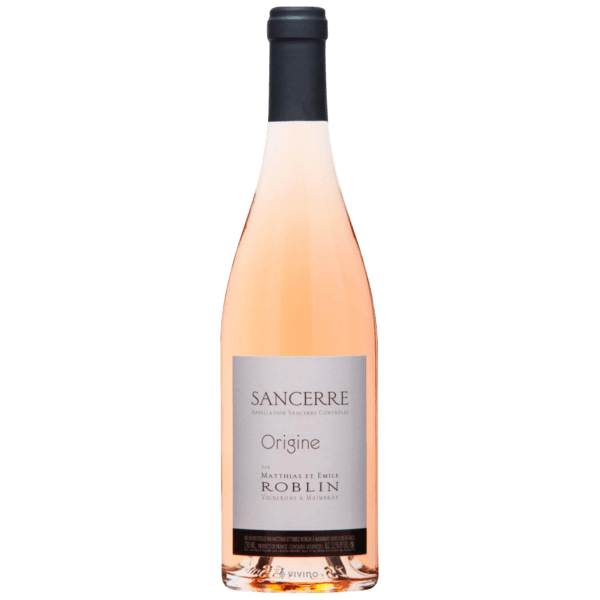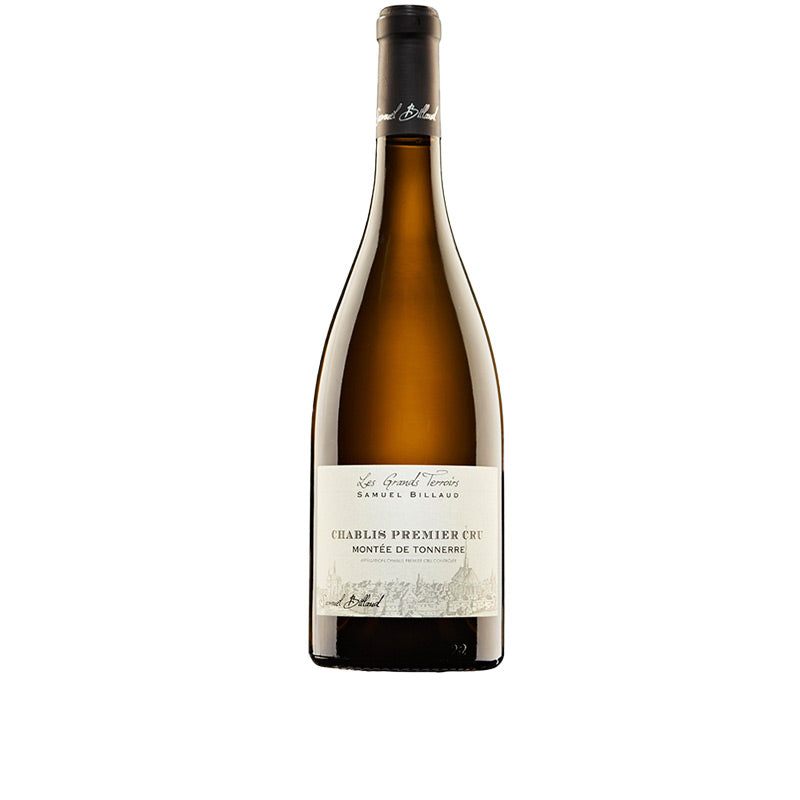Your shopping bag is empty
Go to the shopAll Wines
Easter Picks
Top Picks
New In
Wine Boxes
Sale
Type
Style
Country
Grape/Blend
- Back to Wines
- Albarino
- Albillo
- Barbera
- Brancello
- Cabernet Sauvignon
- Caiño Tinto
- Carignan
- Chardonnay
- Cinsault
- Corvina
- Espadeiro
- Gamay
- Garganega
- Garnacha
- Garnatxa Negra
- Godello
- Greco di Tufo
- Grenache
- Macabeu
- Malbec
- Marsanne
- Mataro
- Mencia
- Merenzao
- Merlot
- Mourvèdre
- Muscadet
- Nebbiolo
- Pansa Blanca
- Parellada
- Pinot Nero
- Pinot Noir
- Piquepoul White
- Riesling
- Rolle
- Rondinella
- Sangiovese
- Sauvignon Blanc
- Shiraz
- Souson
- Syrah
- Tempranillo
- Trebbiano
- Treixadura
- Verdicchio
- Viognier
- Xarel-lo
2021 ELY winebar. All rights reserved.
French Wines
Category
Country
- Argentina
- Australia
- Austria
- Chile
- France
- Alsace
- Bordeaux
- Margaux (Bordeaux)
- Medoc (Bordeaux)
- Burgundy
- Beaujolais
- Chablis
- Champagne
- Chateauneuf-du-Pape
- Côte-Rôtie
- Côte Chalonnaise
- Côte de Beaune
- Côtes du Rhône
- Jura
- Languedoc
- Loire Valley
- Pauillac
- Rhône
- Riviera del Garda
- Sancerre
- Vacqueyras
- Vin de Pays de L'Herault
- Germany
- Italy
- Alto Adige
- Asti
- Campania
- Colli Euganei, Veneto
- Nizza Monferrato
- Piedmonte
- Puglia
- Tuscany
- Valtellina Superiore
- Veneto
- New Zealand
- Portugal
- South Africa
- Spain
- Albillo
- Alella
- Alicante
- Cadiz
- Jerez
- Moclinejo
- Penedes
- Rias Baixas
- Ribeira Sacra
- Ribera del Duero
- Ribera del Mino
- Rioja
- Val do Salnes
- Vinos de Madrid
- Switzerland
Grape
- Albarino
- Albillo
- Barbera
- Brancello
- Cabernet Sauvignon
- Caiño Tinto
- Carignan
- Chardonnay
- Cinsault
- Corvina
- Espadeiro
- Falanghina
- Gamay
- Garganega
- Garnacha
- Garnatxa Negra
- Godello
- Greco di Tufo
- Grenache
- Jaen
- Macabeu
- Malbec
- Malvasia
- Marsanne
- Mataro
- Mencia
- Merenzao
- Merlot
- Monastrell
- Moscatel
- Moscato
- Mourvèdre
- Muscadet
- Nebbiolo
- Palomino
- Pansa Blanca
- Parellada
- Pinot Nero
- Pinot Noir
- Piquepoul White
- Riesling
- Rolle
- Rondinella
- Sangiovese
- Sauvignon Blanc
- Shiraz
- Souson
- Syrah
- Tempranillo
- Trebbiano
- Treixadura
- Ugni Blanc
- Verdicchio
- Viognier
- Xarel-lo
Style
Category
Country
- Argentina
- Australia
- Austria
- Chile
- France
- Alsace
- Bordeaux
- Margaux (Bordeaux)
- Medoc (Bordeaux)
- Burgundy
- Beaujolais
- Chablis
- Champagne
- Chateauneuf-du-Pape
- Côte-Rôtie
- Côte Chalonnaise
- Côte de Beaune
- Côtes du Rhône
- Jura
- Languedoc
- Loire Valley
- Pauillac
- Rhône
- Riviera del Garda
- Sancerre
- Vacqueyras
- Vin de Pays de L'Herault
- Germany
- Italy
- Alto Adige
- Asti
- Campania
- Colli Euganei, Veneto
- Nizza Monferrato
- Piedmonte
- Puglia
- Tuscany
- Valtellina Superiore
- Veneto
- New Zealand
- Portugal
- South Africa
- Spain
- Albillo
- Alella
- Alicante
- Cadiz
- Jerez
- Moclinejo
- Penedes
- Rias Baixas
- Ribeira Sacra
- Ribera del Duero
- Ribera del Mino
- Rioja
- Val do Salnes
- Vinos de Madrid
- Switzerland
Grape
- Albarino
- Albillo
- Barbera
- Brancello
- Cabernet Sauvignon
- Caiño Tinto
- Carignan
- Chardonnay
- Cinsault
- Corvina
- Espadeiro
- Falanghina
- Gamay
- Garganega
- Garnacha
- Garnatxa Negra
- Godello
- Greco di Tufo
- Grenache
- Jaen
- Macabeu
- Malbec
- Malvasia
- Marsanne
- Mataro
- Mencia
- Merenzao
- Merlot
- Monastrell
- Moscatel
- Moscato
- Mourvèdre
- Muscadet
- Nebbiolo
- Palomino
- Pansa Blanca
- Parellada
- Pinot Nero
- Pinot Noir
- Piquepoul White
- Riesling
- Rolle
- Rondinella
- Sangiovese
- Sauvignon Blanc
- Shiraz
- Souson
- Syrah
- Tempranillo
- Trebbiano
- Treixadura
- Ugni Blanc
- Verdicchio
- Viognier
- Xarel-lo
Style
Category
Country
- Argentina
- Australia
- Austria
- Chile
- France
- Alsace
- Bordeaux
- Margaux (Bordeaux)
- Medoc (Bordeaux)
- Burgundy
- Beaujolais
- Chablis
- Champagne
- Chateauneuf-du-Pape
- Côte-Rôtie
- Côte Chalonnaise
- Côte de Beaune
- Côtes du Rhône
- Jura
- Languedoc
- Loire Valley
- Pauillac
- Rhône
- Riviera del Garda
- Sancerre
- Vacqueyras
- Vin de Pays de L'Herault
- Germany
- Italy
- Alto Adige
- Asti
- Campania
- Colli Euganei, Veneto
- Nizza Monferrato
- Piedmonte
- Puglia
- Tuscany
- Valtellina Superiore
- Veneto
- New Zealand
- Portugal
- South Africa
- Spain
- Albillo
- Alella
- Alicante
- Cadiz
- Jerez
- Moclinejo
- Penedes
- Rias Baixas
- Ribeira Sacra
- Ribera del Duero
- Ribera del Mino
- Rioja
- Val do Salnes
- Vinos de Madrid
- Switzerland
Grape
- Albarino
- Albillo
- Barbera
- Brancello
- Cabernet Sauvignon
- Caiño Tinto
- Carignan
- Chardonnay
- Cinsault
- Corvina
- Espadeiro
- Falanghina
- Gamay
- Garganega
- Garnacha
- Garnatxa Negra
- Godello
- Greco di Tufo
- Grenache
- Jaen
- Macabeu
- Malbec
- Malvasia
- Marsanne
- Mataro
- Mencia
- Merenzao
- Merlot
- Monastrell
- Moscatel
- Moscato
- Mourvèdre
- Muscadet
- Nebbiolo
- Palomino
- Pansa Blanca
- Parellada
- Pinot Nero
- Pinot Noir
- Piquepoul White
- Riesling
- Rolle
- Rondinella
- Sangiovese
- Sauvignon Blanc
- Shiraz
- Souson
- Syrah
- Tempranillo
- Trebbiano
- Treixadura
- Ugni Blanc
- Verdicchio
- Viognier
- Xarel-lo
Style
French Wines
It is neither the largest grower of grapes, nor the largest producer of wine in the world, but there is no debate that France is the planets pre-eminent wine nation. It is the original home of most of the varieties we see grown around the world, and wines of the most famous French regions have always been the benchmark for their respective grapes. Phrases like ‘Bordeaux blend’, ‘Burgundian’ or ‘Rhone-like’ are used to describe wines from New Zealand to Napa and Coonawarra to Chile.
Bordeaux is the foremost of these regions, and the largest fine wine producing region in the world. It is the first to come to mind when we think of French wine, with it’s grand Chateaux and perfectly tended vineyards, planted with Merlot, Cabernet Sauvignon and Cabernet Franc. If anything, its lofty reputation has seen the region struggle to connect with current wine drinkers, especially younger ones. There is no questioning the quality – the best wines are simply majestic, age-worthy and evocative, a perfect example of the seemingly unlimited potential of the little grape. But value is another issue altogether, and the astronomical prices fetched by these wines make them more like trading commodities and less like something produces for the joy of drinking. Luckily, there is plenty of value to be found if you know where to look. For a region so preoccupied with great vintages, it is in the supposedly lesser years that you can find little treasures. Less structured and earlier drinking, these vintages are far better suited to the way most of us enjoy wine. The satellite towns of the right bank also offer real value, such as St. Georges St. Emilion, Lussac St. Emilion, Castillon and Francs. Similar is style to St. Emilion itself, but at a keener price.
If Bordeaux is the heart of the French wine industry, then Burgundy is its soul. Upon arrival in the Cotes de Beaune you are more likely to be presented with vineyards as working farms and winemakers in wellies. In place of the gloss and glamour of Bordeaux you’ll find a rustic aesthetic and an agricultural sensibility. There are just two main grapes here, but Burgundy remains one of the most complicated of all wine regions due to its history of sub-dividing vineyards and tiered classification system. All of which means that producer, vintage, village & vineyard all need to be taken into account when choosing a bottle. It is also fair to say that Burgundy is not the most consistent of regions- vintages can vary dramatically, and it is very prone to frosts and hail, both of which massively affect yields, and therefore prices. Having said that, when everything falls into place, the wine of Burgundy -both red and white- are oh my god amazing. The Pinots are the most subtle, nuanced and complex of wines, with a texture like silk and a fragrance from heaven. The Chardonnays are delicate yet intense, layered and balanced, with such an intricate flavour that you wonder how they could possibly be made from grapes alone. These wines are also the most perfect examples of terroir, how the gradient of a slope or the aspect of a vineyard can have a profound influence on the final result.
Next in importance is the Rhone, which is actually two regions. In the North, with its steep, terraced vineyards, Syrah reigns, producing some of France’s most magnificent reds in Cote Rotie and Hermitage, and to a lesser extent in St. Joseph, Cornas and Crozes Hermitage. Savoury, spicy and herbal, with aromas of everything from smoked meats to black olive, they are complex & structured, and by comparison to Bordeaux and Burgundy, exceptional value.
Down in the Southern Rhone blends abound, based on Grenache, with Syrah, Cinsault, Mourvèdre and Carignan among the many varieties grown. Chateauneuf-du-Pape is the most famous example, but there are much more reliable wines to be found down here. Vacqueyras and Gigondas in particular offer Chateauneuf type flavours but with greater consistency.
The Loire Valley is arguably France’s most varied and interesting region, producing world class whites and reds, still, sparkling and sweet. It is best known for the Sauvignon Blancs of Sancerre and Pouilly Fume, the latter in particular on a hot streak of stunning, single vineyard wines. But Loire is also the source of the world’s greatest Chenin Blanc – both dry and sweet – and wines such as Savennieres show the ability of this great variety to age. Muscadet out on the coast is in the midst of a full-on renaissance, creating singular, mineral driven wines to compete with the best. The reds of Bourgeil and Chinon show Cabernet Franc and its finest, and Sancerre rouge is Pinot Noir of 1er Cru quality.
Alsace is probably the most mis-understood region, due to its long and varied history, but it is actually very simple. There’s a little red – Pinot Noir since you ask- but the priority is firmly on white and the wines are labelled varietally- Riesling, Pinot Blanc, Gewurztraminer etc. Focused and fruit driven, ranging from bone dry to decadently sweet, Alsace represents the best value for money whites anywhere in France, if not the world. With so many varieties and styles, there is an Alsatian white for every occasion - some are perfect for aperitif, almost all are sublime with food. A Grand Cru wine here will cost a fraction of the equivalent from Burgundy.
Jura & Savoie are on a roll, both in terms of popularity and quality, the former offering many interesting alternatives to Burgundian Pinot and Chardonnay alongside their own Trousseau and Poulsard, and Savoie showcasing some of France’s less well-known varieties such as Monduese, Jacquere & Persan.
Elsewhere, Languedoc continues to impress, for reds and whites – Picpol has become something of a phenomenon of late. There is a renewed interest in the great wines of Cahors, due, in no small part to the enormous popularity of Malbec from elsewhere. Beaujolais is rocking – rock star wine makers and rock-solid wines have driven this region to new heights, reclaiming its prestige and challenging Burgundy as a source of fine, elegant reds.
And then there’s Champagne. We’d love France even if all they made was Champagne. It is one of the most joyful things to drink, capable of lifting the spirits and raising a smile with a single sip. This is probably why it is thought of firstly as a celebratory drink, and secondly as a wine. We think of them as wines with bubbles, because they are wines, and should be enjoyed from a glass, rather than a flute, and are often better with food than without. For a long time, the market was dominated by the Grande marque Houses, some of which produce outstanding wines, some not so much. But increasingly we are seeing more small producers and growers Champagnes, wines of individuality, complexity and character, and true to the idea of Champagne as a proper wine region, and not just a glass of bubbles.
All of this just scratches the surface. France has so many little regions and wines, varieties and styles that it could never be summed up in a few paragraphs. But we can say this – it is fully deserving of reputation atop the world of wine.
